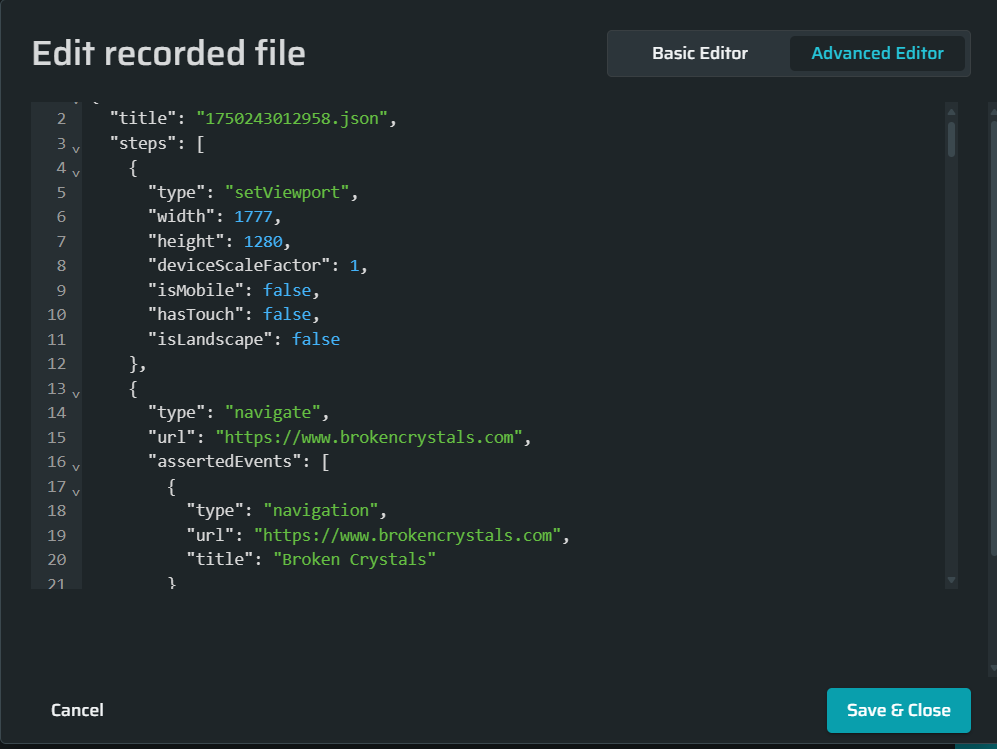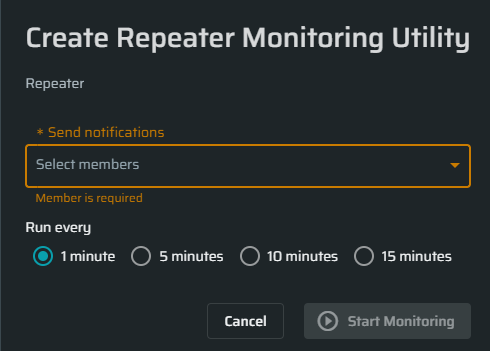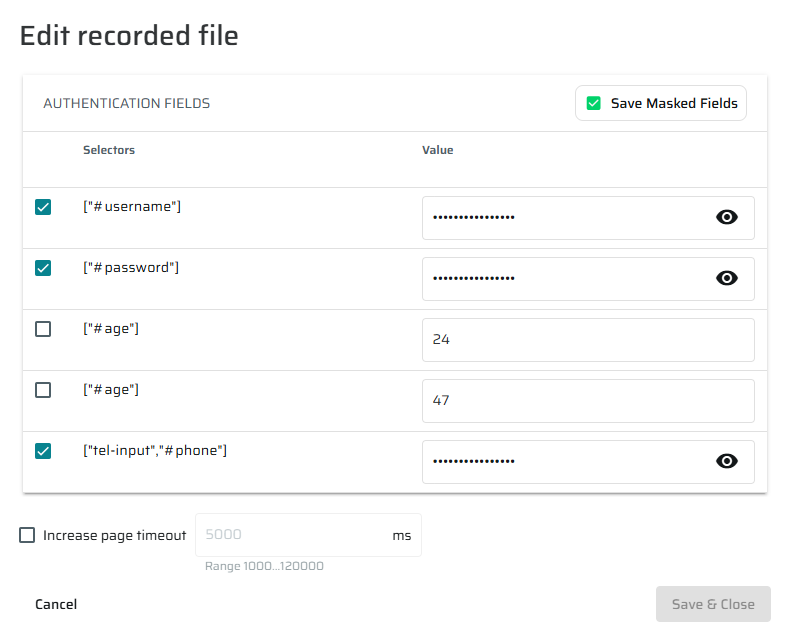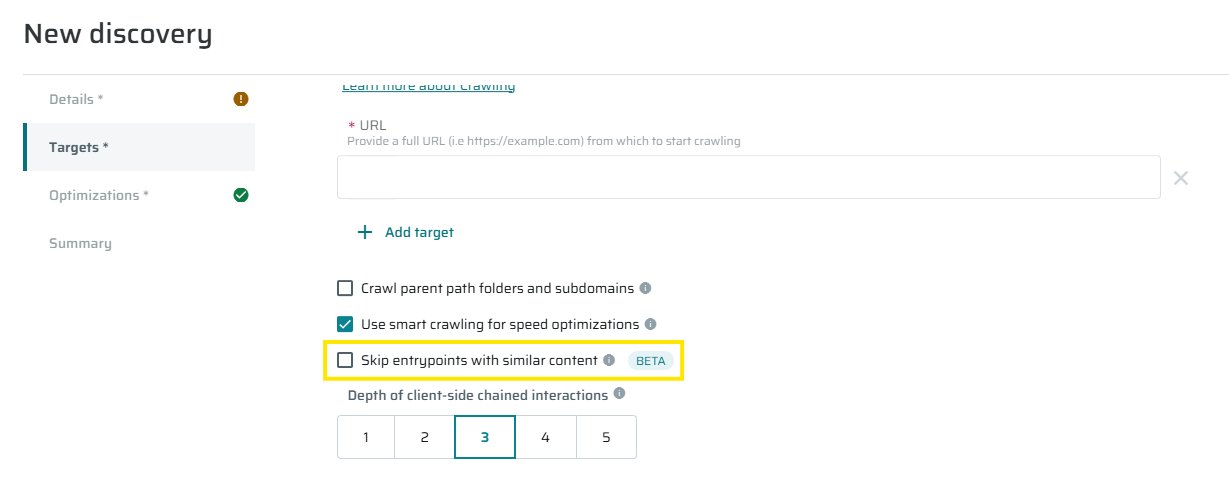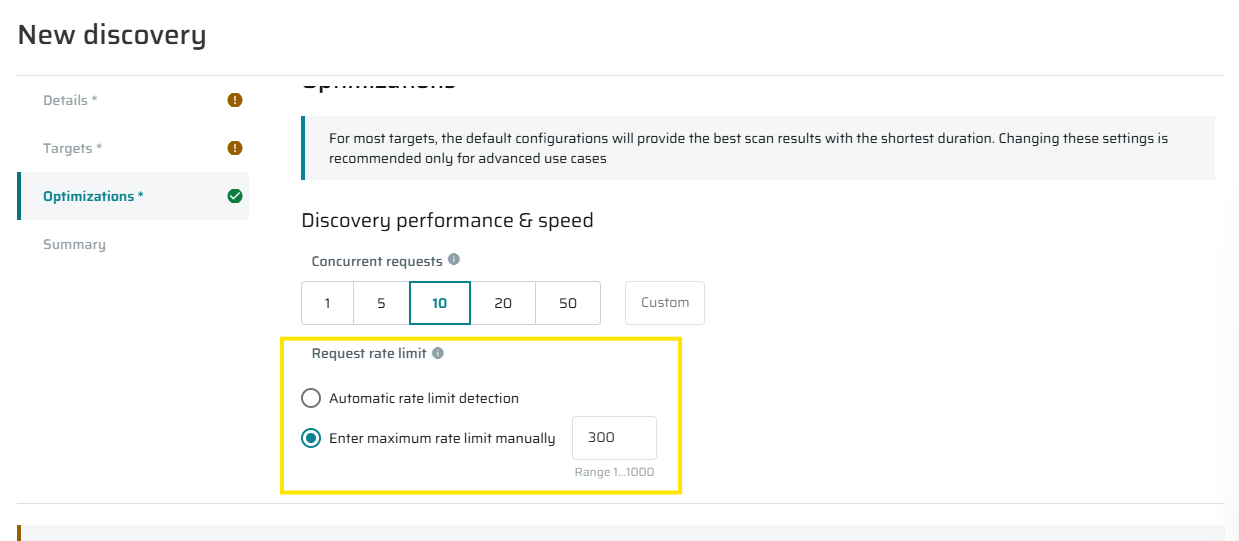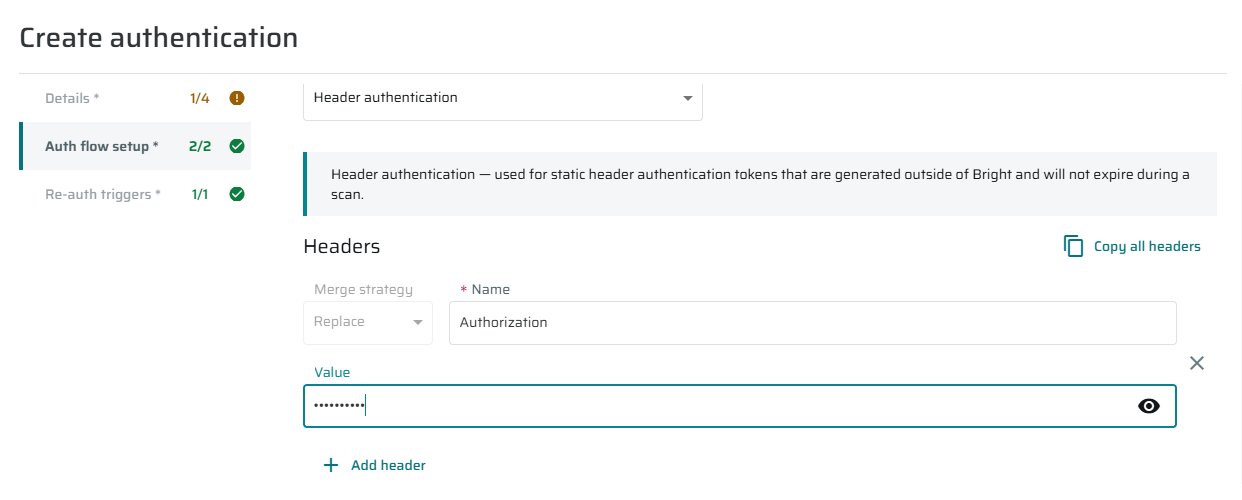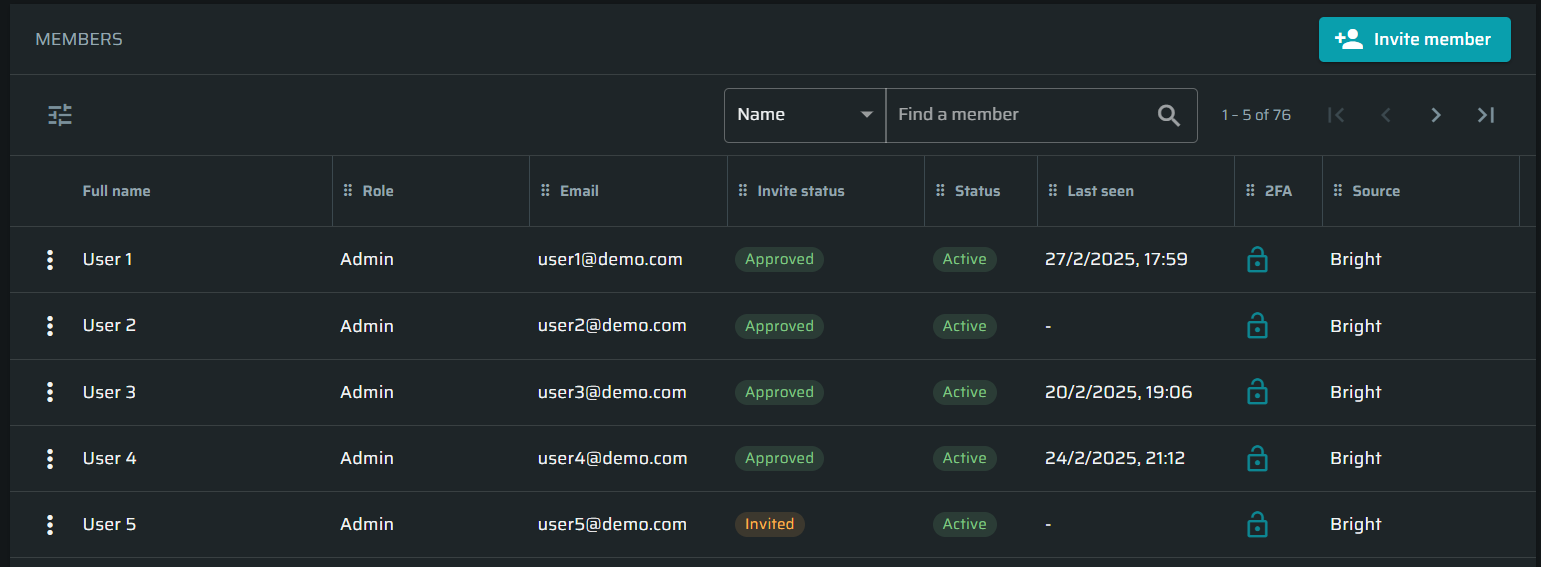Enhancements
Baseline parameters
Import of Global Variables that were exported from Postman, can now be imported as baseline parameters.
Deduplication of similar entrypoints
Deduplication of similar entrypoints skip entrypoints with similar content. With this release a content overlap customization setting was added. The setting defines the percentage of content overlap allowed between web pages before they are treated as the same. Read more in here.
Audit log
The Audit log now records additional actions related to: Project and Scan reports generation and access to the audit log.
Issues table
The default columns sorting of the issues table (in project and scans) have changed, and now the Severity and Issue Type will appear first.
Notice of Upcoming Breaking API changes
Starting August 12th, 2025 the following API endpoints will be changed. Take note of the deprecations listed and their replacements. Replacement endpoints can be used as of today, July 15th. All deprecated endpoints will remain available until August 11th at midnight UTC.
- Audit log:
- Update:
/api/v2/me/org/logs - Being deprecated:
- Update:
- Scan PDF:
- Project PDF:
